Once considered a novel product feature or merely a marketing tactic, sustainability is now a mission upon which entire companies are founded. With sustainable brands inundating our social feeds, why do some connect while others get lost in the shuffle? We recently explored our own sustainable brand choices to uncover what made them stick. A few themes emerged.
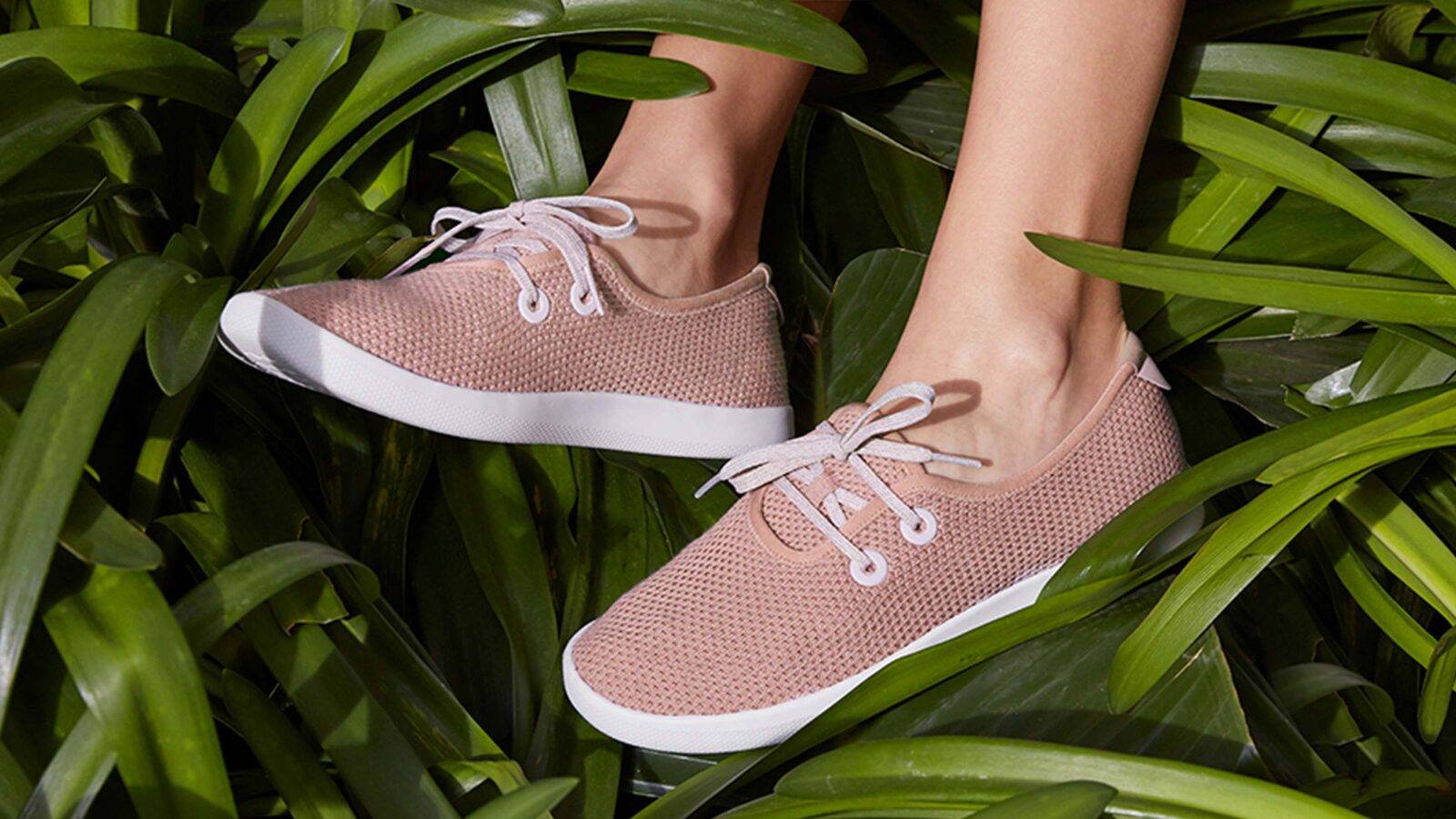
COMFY BASICS WITH A MISSION
Examples: Allbirds sneakers, Girlfriend Collective activewear, Rothy’s shoes
The Offering: Stylish, comfortable apparel made from recycled or all-natural materials
Marketing Challenge: These startup fashion lines have no intrinsic designer cache, and they aren’t priced to compete with quantity-focused fast fashion. So the marketing has to do a lot of work.
Why it Works: There’s always a quirky, fun, cool factor. The aesthetic is all about everyday comfort and a laid-back attitude. These products are top quality and pay for themselves in time—and they benefit the planet. These comfy basics feel good in every sense of the word.
Why We Buy It: “I was searching for the perfect “non-sneaker” sneaker. Allbirds fit the bill and then some. They are incredibly comfortable, machine washable (I have an 18 month old), and the recycled materials story sealed the deal.”— Melissa, on her new honey colored runners
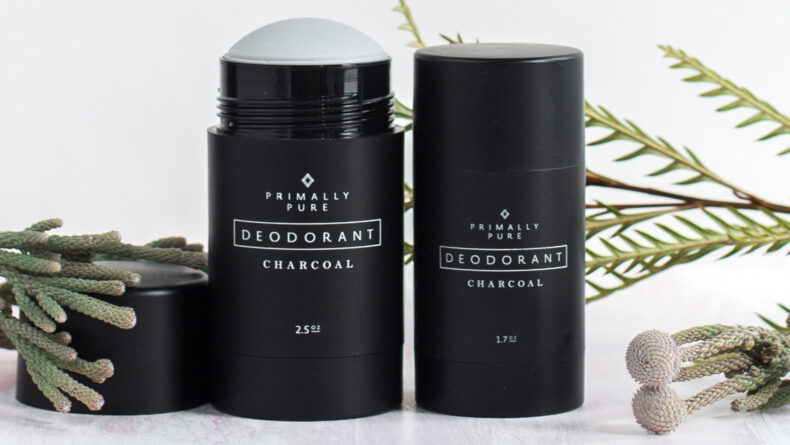
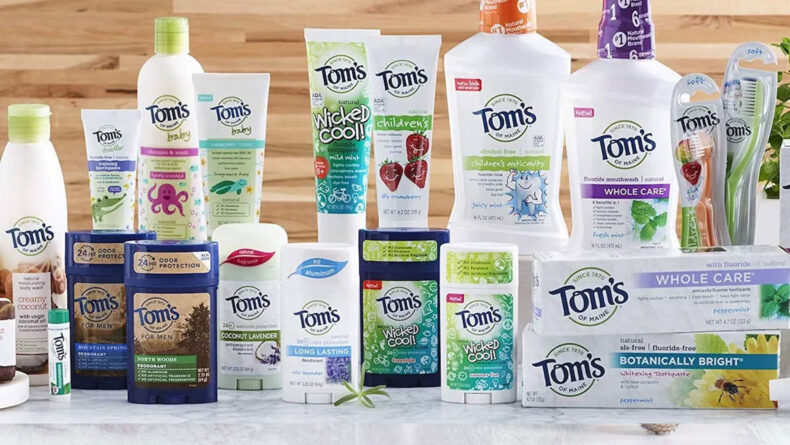
PURE, SAFE, AND SOMETIMES TASTY
Examples: Primally Pure deodorant, Tom’s of Maine natural personal care, and Grove Collaborative cleaning products
The Offering: Healthy products that are gentle on you and the Earth, with natural ingredients you can trust in your home, and a mission of giving back
Marketing Challenge: There has long been a stigma about the efficacy of natural products when it comes to cleaning or personal hygiene. But as consumer concern for safety increases, so does the market share for natural products. Assuming it’s a quality product, the challenge is to convince that first-time customer that a product is worth trying.
Why it Works: An inexpensive, buzzy entry point (like Primally Pure’s deodorant or Tom’s toothpaste) is a low risk way for consumers to test drive a sustainable brand. If it’s an impressive product, they’ve earned the customer’s trust and future purchases.
Why We Buy It: “I buy my toiletries (specifically deodorant and toothpaste) from them. I initially liked that they, allegedly, don’t have as many nasty chemicals. For the most part, I now buy the toothpaste because I prefer the taste. All the other major brands are cloyingly sweet.”—Jonathan, on how he became a Tom’s of Maine lifer

CORPORATE WITH A CONSCIENCE
Examples: Outdoor gear and apparel brands Patagonia, and REI Co-Op
The Offering: Craftsmanship, great design, and a quality-over-quantity attitude with corporate responsibility baked into the brand DNA
Marketing Challenge: The outdoor adventure customer is notoriously difficult to please, with quality, authenticity, and conscientious business practices high on their list of shopping considerations. They want the best quality and least waste from the most ethical companies.
Why it Works: These brands built their companies on principles of environmental and social responsibility. Both Patagonia and REI embrace an anti-consumerism attitude, respectively having luck with their campaigns “Don’t Buy This Jacket” and “#OptOutside”, and they’re renowned for their extremely laid-back company cultures. They don’t just walk the walk, they invented a better way of walking.
Why We Buy It: “I’m a very loyal customer of REI because of their stewardship practices, diversity policy, green practices, great products, and kick-ass return policy. I’ve purchased many outdoor items from them—clothing, gear, shoes, gifts.”— Carrie, on her REI devotion
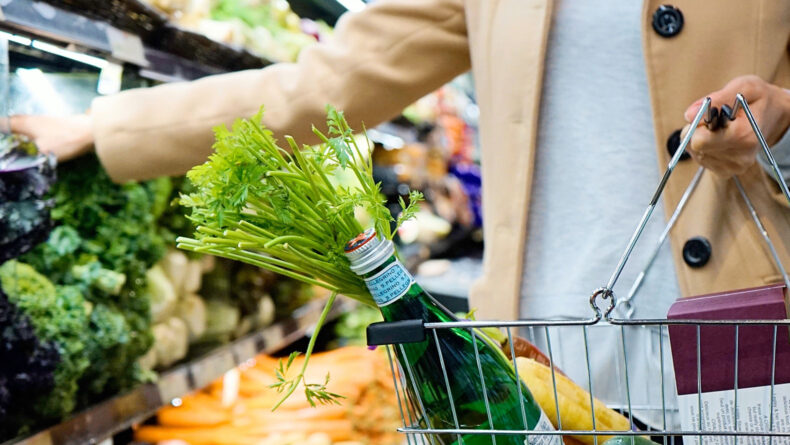
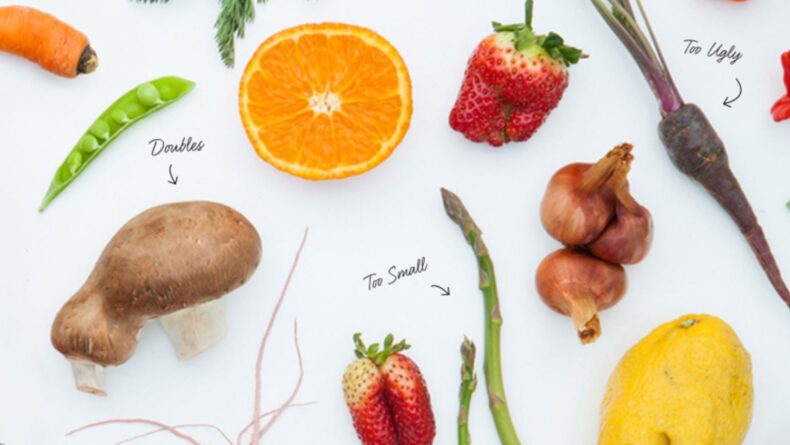
EATING YOUR GREEN
Examples: Thrive Market and Imperfect Produce
The Offering: Affordable groceries with an emphasis on organic, minimizing food waste and plastic packaging, and making healthy food accessible to all
Marketing Challenge: There’s a perception that grocery delivery is a luxury and more expensive than brick-and-mortar retail. Furthermore, e-commerce is associated with creating more waste—not less. So delivery grocers need to carry the sustainable thread throughout every touchpoint.
Why it Works: Imperfect Produce highlights the absurdity of grocery store beauty standards imposed on produce. This lets consumers feel like they’ve outsmarted the system and reduced food waste. Thrive Market offers annual memberships for $60. With that, you get access to their healthy goods at 25-50% off grocery store prices. And a family in need gets a membership for free.
Why We Buy It: “Access and affordability are deeply important to the conversation around sustainability. Having conservation options at every geographic, income, and socio-economic level helps to ensure that everyone has the opportunity to do their part no matter the limitations they face.” — Nicole, on why it’s important to support accessibility
Subscribe
Signup for our sporadic emails
Green marketing isn’t about inundating your audience with a laundry list of your good deeds. It’s about providing a great product with a mission that resonates with your customers. “We’ve found that the more data you give, the more you alienate and overwhelm,” Lily Cole explained of sustainability marketing in fashion at last year’s Copenhagen Fashion Summit.
By meeting consumers where they are with a clear, concise message and a simple course of action (buy this product), conscientious consumption becomes a fun and easy perk of shopping. And it gives customers a story to tell that not only spreads the word about the sustainable brand they support, but the brand’s mission as well.
